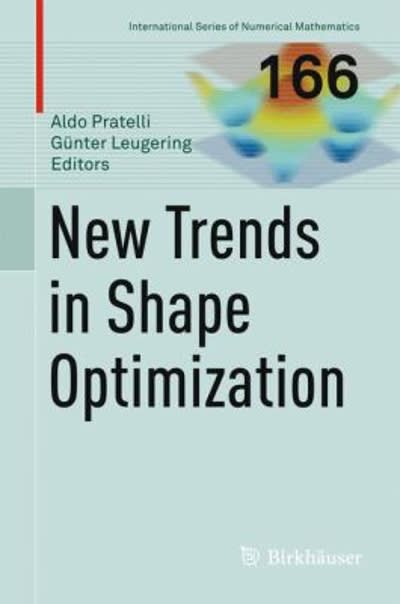You may need to use the appropriate technology to answer this question. A recent 10-year study conducted by a research team at the Great Falls Medical School was conducted to assess how age, systolic blood pressure, and smoking relate to the risk of strokes. Assume that the following data are from a portion of this study. Risk is interpreted as the probability (times 100) that the patient will have a stroke over the next 10-year period. For the smoking variable, dene a dummy variable with 1 indicating a smoker and 0 indicating a nonsmoker. 12 57 152 N0 24 67 163 No 13 58 155 No 56 86 177 Yes 28 59 196 No 51 76 189 Yes 18 56 155 Yes 31 78 120 No 37 80 135 Yes 15 78 98 No 22 71 152 No 36 70 173 Yes 15 67 135 Yes 48 77 209 Yes 15 60 199 No 36 82 119 Yes 8 66 166 No 34 50 125 Yes 3 62 117 No 37 59 207 Yes (a) Develop an estimated regression equation that relates risk of a stroke to the person's age, blood pressure, and whether the person is a smoker. (Let x, represent age, x2 represent blood pressure, X3 represent whether the person is a smoker, and y represent risk. Round your numerical values to four decimal places.) y = >1 (b) Is smoking a significant factor in the risk of a stroke? Explain. Use a a = 0.05 level of significance. Find the p-value. (Round your answer to four decimal places.) p-value = 0.0102 State your conclusion. O Reject Ho. There is insufficient evidence to conclude that smoking is a significant factor. O Do not reject Ho. There is insufficient evidence to conclude that smoking is a significant factor. Reject Ho. There is sufficient evidence to conclude that smoking is a significant factor. O Do not reject Ho. There is sufficient evidence to conclude that smoking is a significant factor. (c) What is the probability of a stroke over the next 10 years for Art Speen, a 66-year-old smoker who has a systolic blood pressure of 185? (Round your answer to four decimal places.) 0.4038 What action might the physician recommend for this patient? This answer has not been graded yet. (d) An insurance company will only sell its Select policy to people for whom the probability of a stroke in the next 10 years is less than 0.01. If a smoker with a systolic blood pressure of 215 applies for a Select policy, under what condition will the company sell him the policy if it adheres to this standard? (Round your answer to two decimal places.) This person must be no more than 28.92 years old to qualify for the Select policy. (e) What other factors could be included in the model as independent variables? (Select all that apply.) O name of primary care physician O family history of stroke O gender weight/obesity O name of medical school








